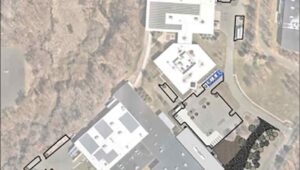New material advances magnetic trials
11th June 2014
USA: A team of Canadian-Bulgarian researchers has discovered special characteristics in a rare-earth that could have implications for the development of magnetic refrigeration.
The magnetocaloric effect (MCE) is a well-known phenomenon in which a temperature change is effected by exposing a so-called ferromagnetic material to a changing magnetic field.
Many rare-earth minerals have been investigated in attempts to build a viable magnetic fridge.
The Canadian-Bulgarian researchers originally set out to measure the standard magnetocaloric effect in the multiferroic compound HoMn2O5, because this material possesses an insulating behaviour that prevents energy losses associated with electric currents passing through it when altering its magnetic field.
To their surprise, they discovered that a giant magnetocaloric effect can be obtained by simply rotating a crystal of HoMn2O5 within a constant magnetic field. Previous studies with other materials have always required the ferromagnetic material to be moved in and out of the magnetic field zone to produce the effect.
This discovery is seen as an important step toward the development of magnetic cooling technology. The concept of rotating MCE offering the possibility to build simplified, compact and efficient magnetic cooling systems.
“Using the rotating magnetocaloric effect means that the energy absorbed by the cooling machine can be largely reduced,” explained Mohamed Balli, a researcher in the physics department at the Université de Sherbrooke in Quebec, Canada.
Next, the team plans to explore the possibility of improving the rotating magnetocaloric effect in HoMn2O5 crystals and related materials.
The article, Anisotropy-enhanced giant reversible rotating magnetocaloric effect in HoMn2O5 single crystals, is authored by M Balli, S Jandl, P Fournier, M M Gospodinov and published in Applied Physics Letters.







